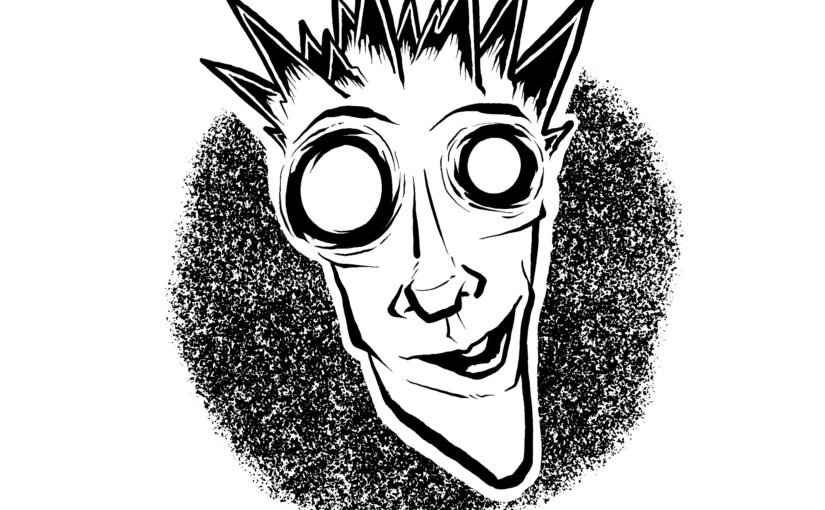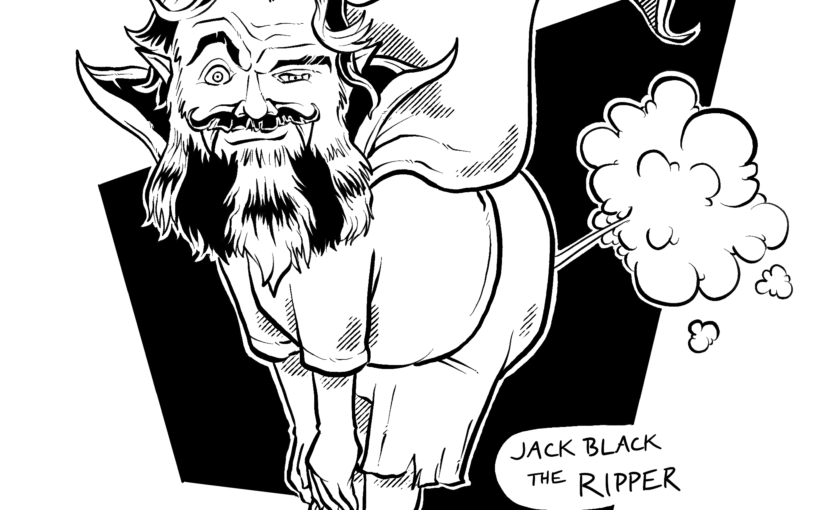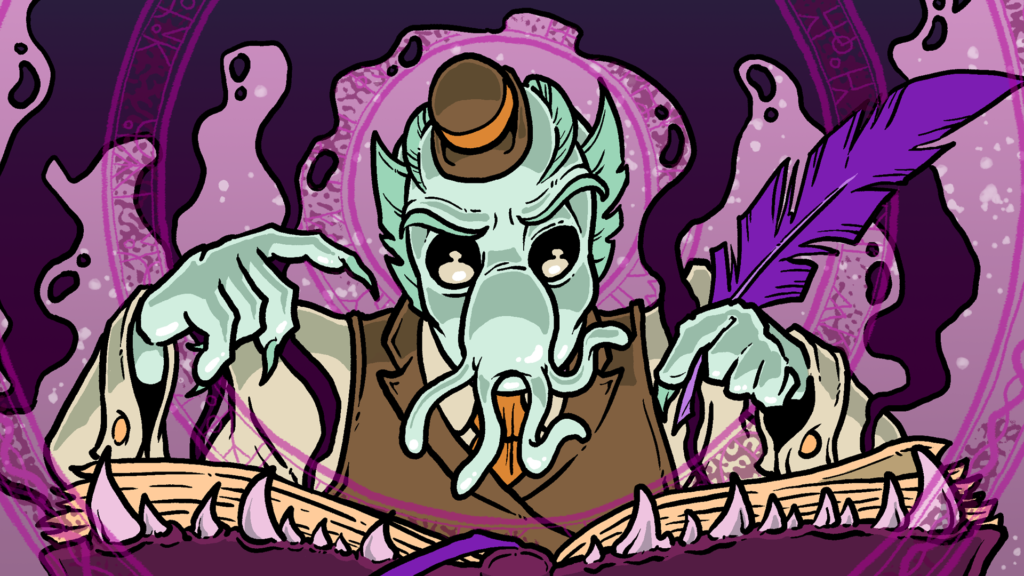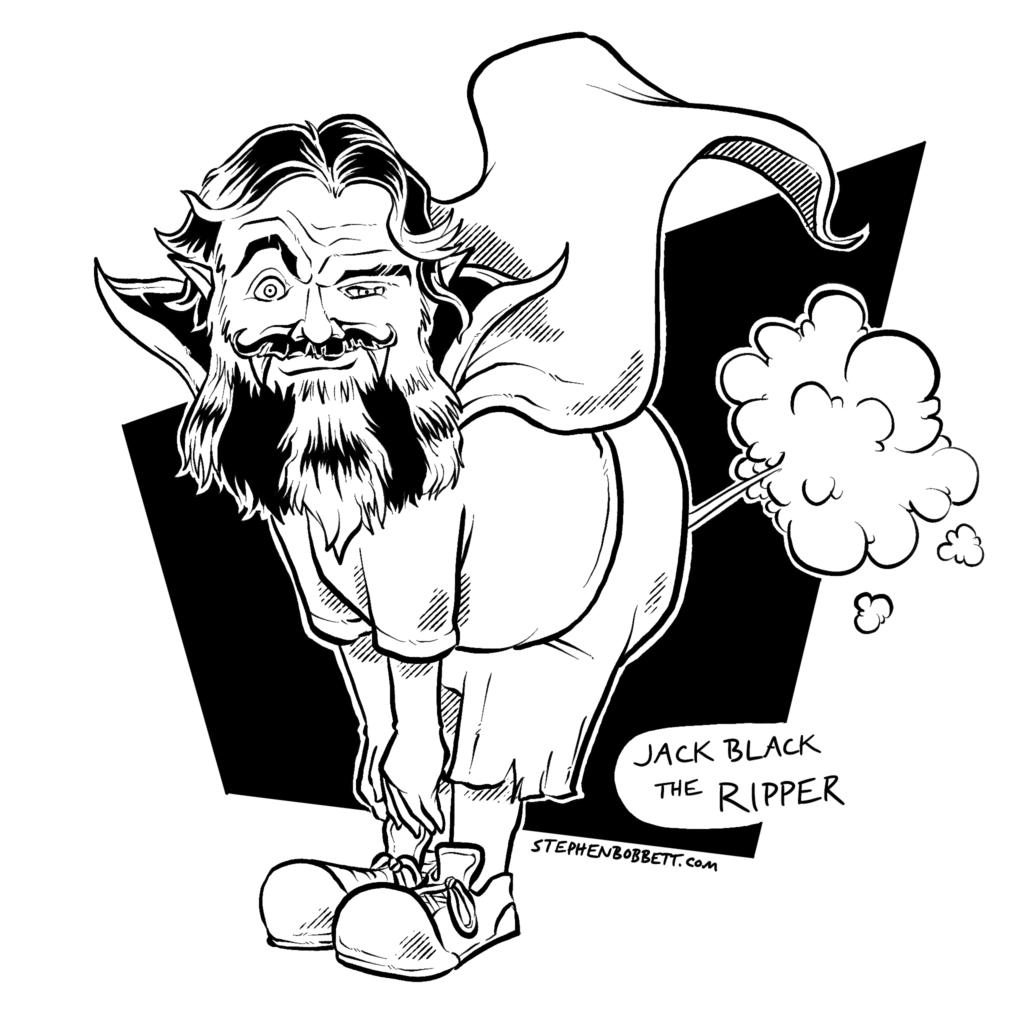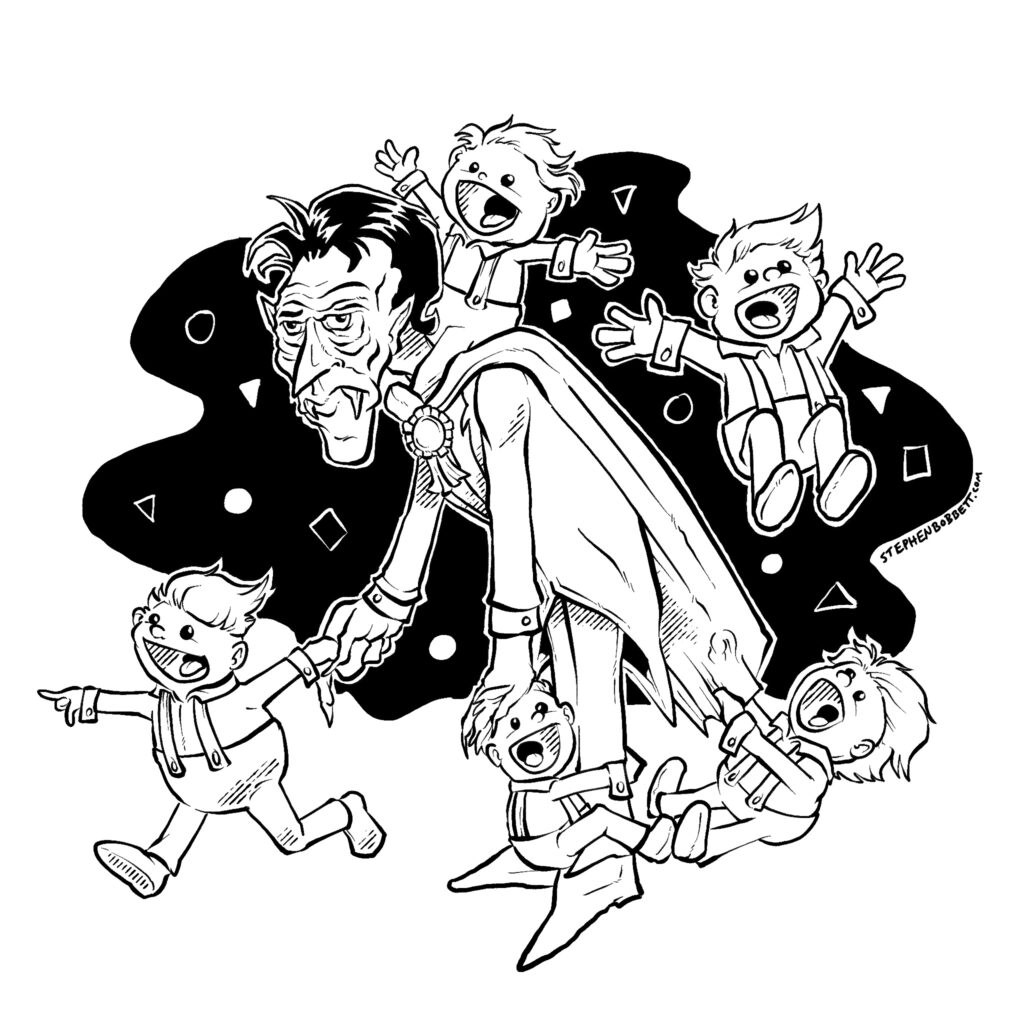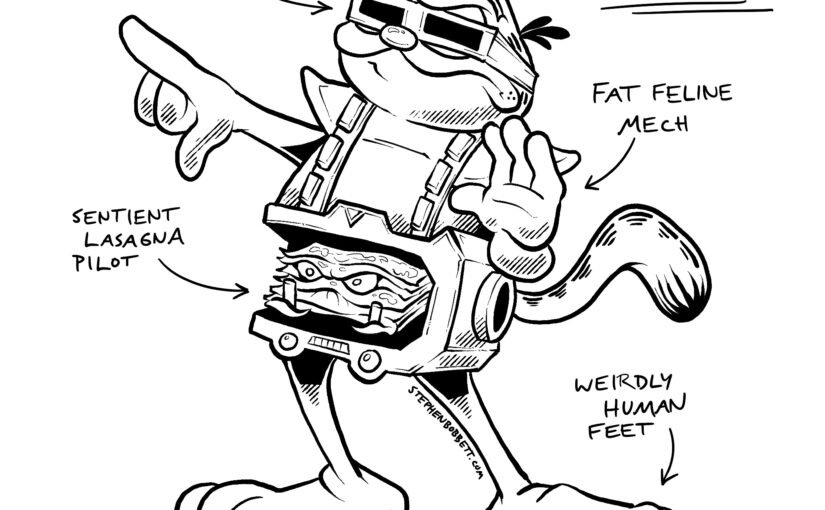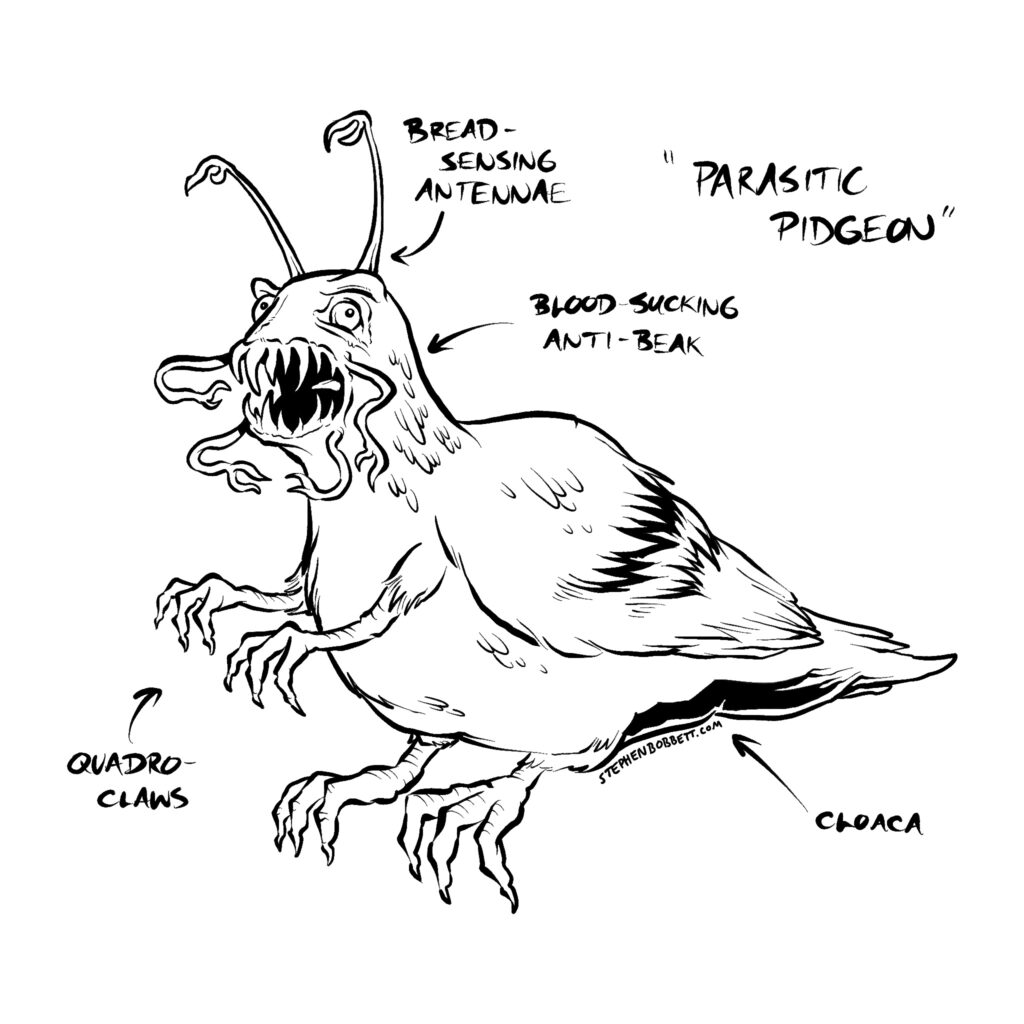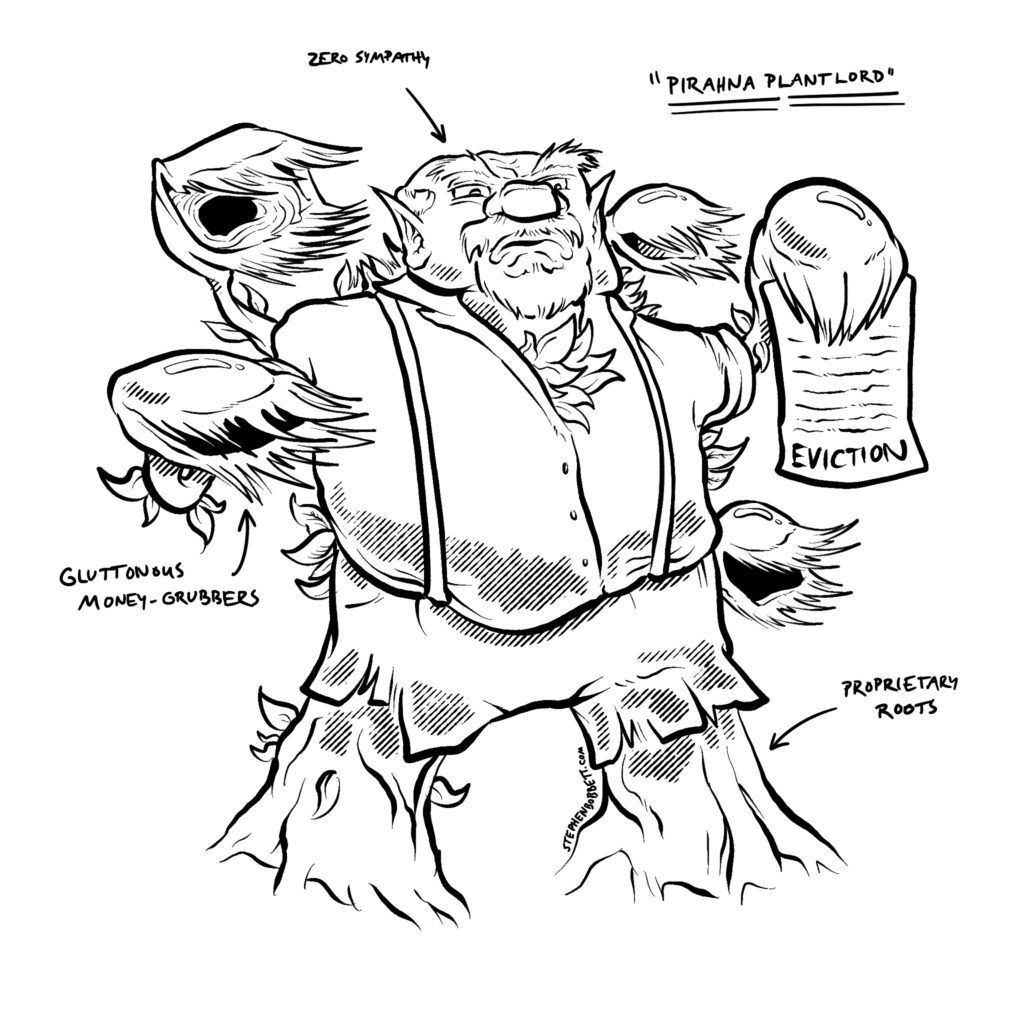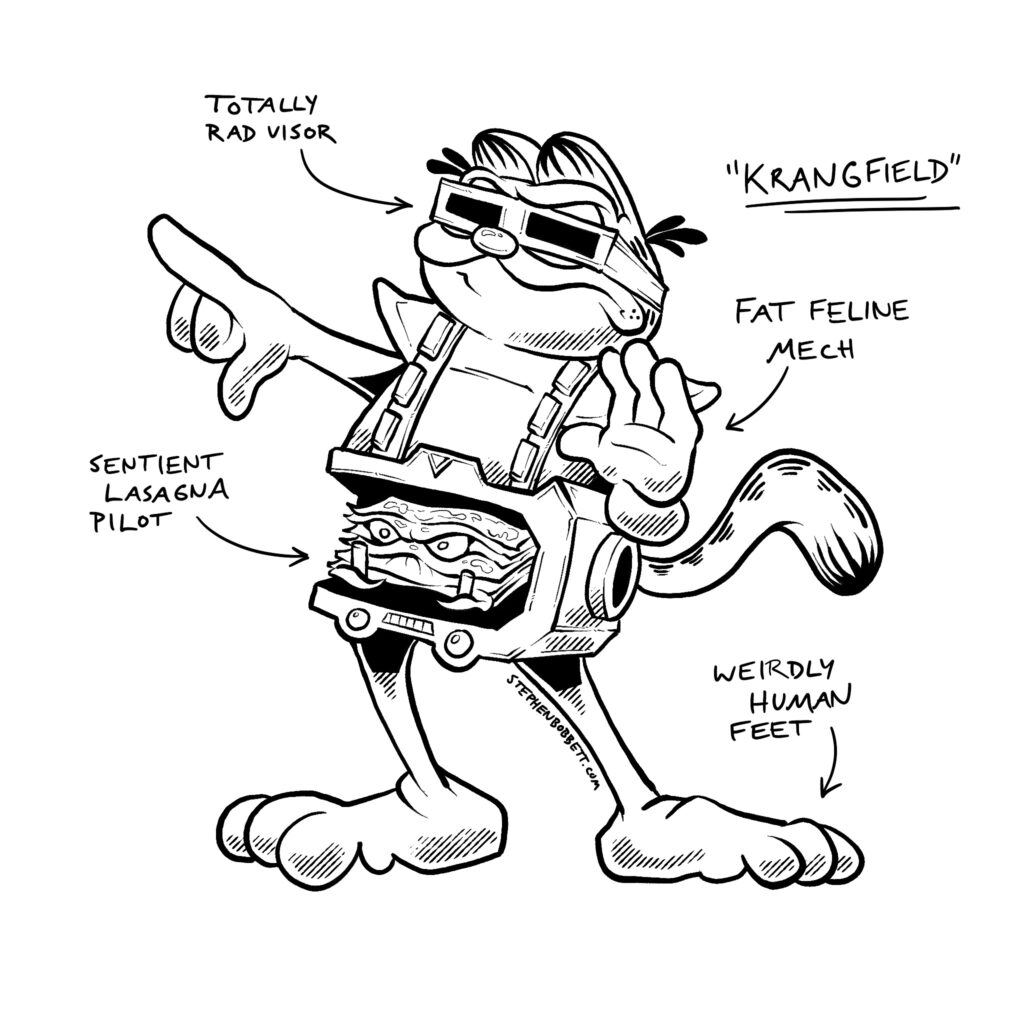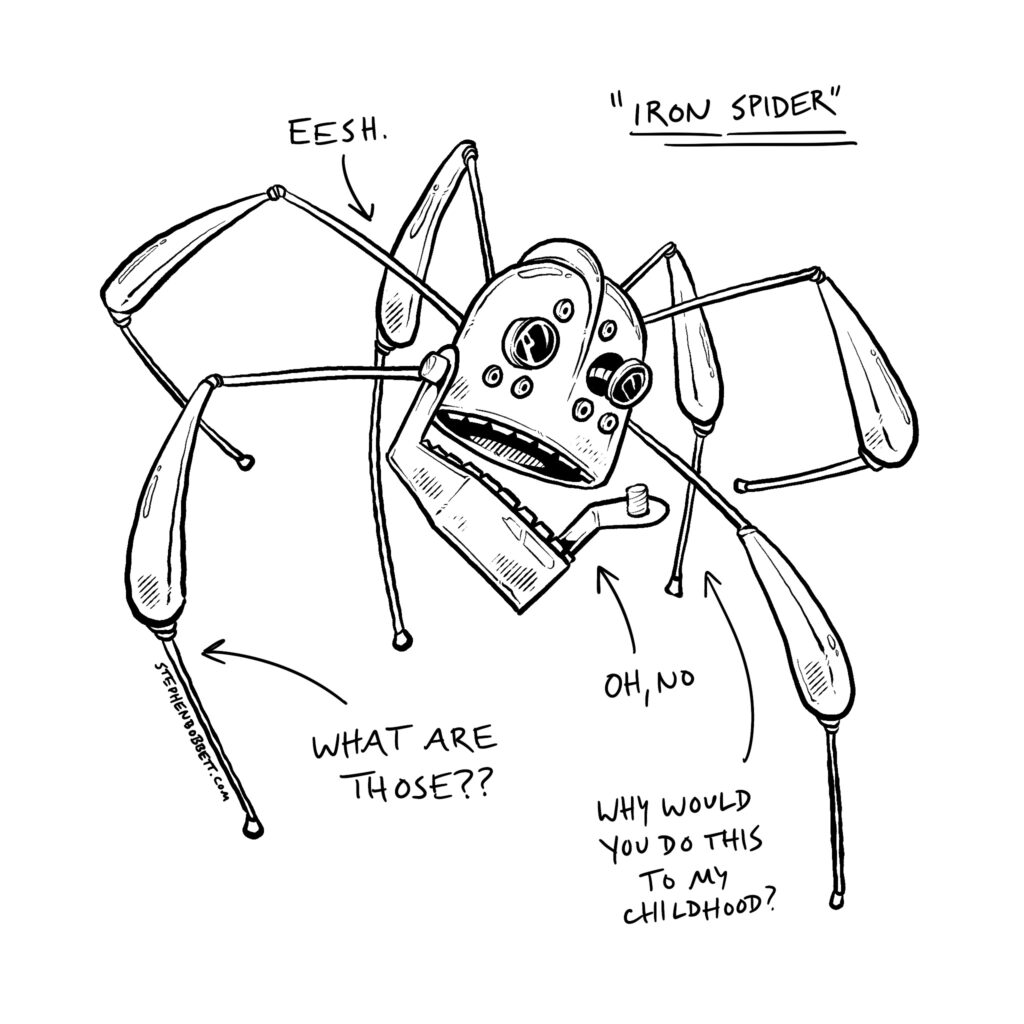
A few years before the pandemic, the chamber of commerce for my quaint New England city sent its bohemian enclaves into an uproar. They were proposing a promo campaign to draw more businesses from out of state. The main image was a cloud of cute, lineal drawings of laptops, kayaks, and to-go coffee cups—the digital nomad lifestyle craved by the tech workers of the late 2010’s. The slogan read something like “Tiny Big City,” the promise of urban amenities without the overstimulation of Boston or New York.
The vibe of the campaign was sterile and innocuous. But anyone with a keen cultural nose knew, this was the beginning of the end. The gentrification cycle was nearing completion: an old port city whose original industry had dried up was now a target of conquest by the wealthy, thanks in part to the artists and tastemakers who had made it an appealing place to live for the last couple of decades. Slowly but surely they would be muscled out by soaring rents as luxury condos devoured the market. The same would be true of many independent pubs and shops, clearing the way for familiar franchises awash in out-of-state capital.
The day I knew there was no going back was when I was sitting in a coffee shop, eavesdropping on an older couple from Connecticut, talking about buying a home in town so they could summer there. When you hear a newly inducted local use the word “summer” as a verb, you know it’s game over.
I wrote yesterday that it might be game over for the internet, too, at least when it comes to its major platforms. Thanks to things like Google Veo 3, generative AI has reached a threshold where it requires a lot more scrutiny to discern than most algorithms give us time for—let alone what most modern attention spans are equipped for. GenAI has absorbed enough of humanity’s collective endeavors that it can effectively walk around in our skin, with only the most anal-retentive sleuths able to call its bluff.
What makes Google Veo 3 truly foreboding, though, is not just its uncanny facsimile of human-born imagery, but also its $250-a-month price tag. Like an old port town renovated by the creative class, tools like Google Veo 3 are trained on untold billions of hours of human ingenuity, only to be gated and sold for the wealthy’s unfettered use—gentrification in its most resource-hungry and accelerated form.
I don’t have high hopes for the future of this new, gentrified internet. At best, corporations and content creators will succumb to the siren’s song of cheap, predictable labor, and culture will begin to stagnate. At worst, propaganda will become more virulent and convincing than it’s ever been, as the forces of oligarchy drip poison in the well of political discourse.
The real mystery is, what happens when genAI has nothing left to consume? Already it runs the risk of becoming a self-diminishing ouroboros, devouring its own outputs. The disingenuous push of the Technocrats against IP laws is a testament to this fear, as they look for the last remaining scraps to put in the belly of their beast. What frontiers are left, when even the settled places have been recolonized?
Sooner than later, genAI will have no web left to conquer. Maybe then the internet will weep, longing for the grit of originality again.


